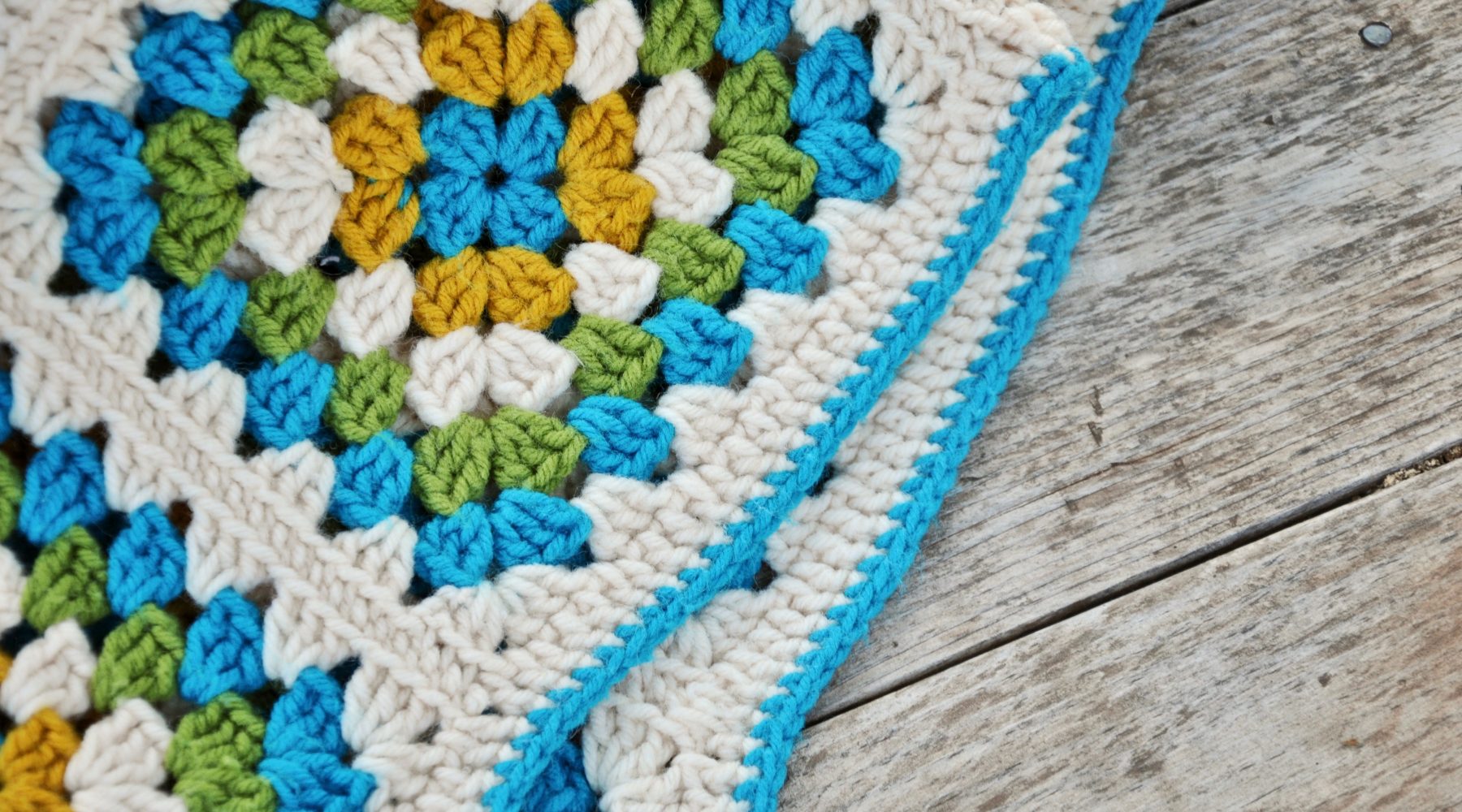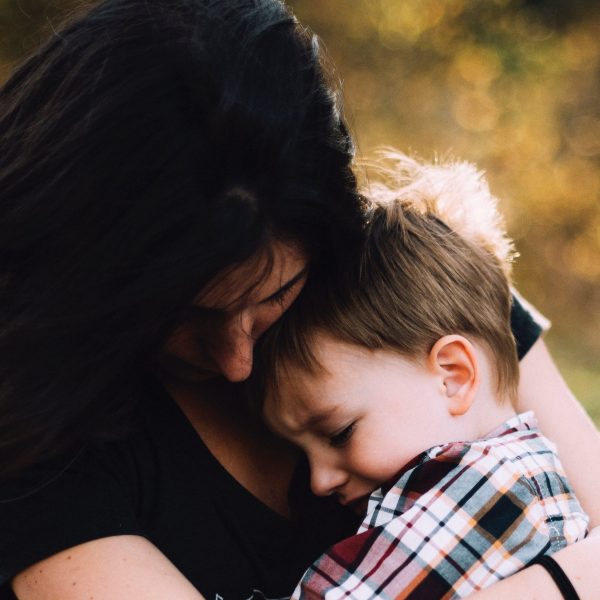Number of children needing child protection services rose 12 per cent in last 5 years

Approximately 170,200 young Australians needed help from child protection services in 2018–19, a new report from the Australian Institute of Health and Welfare (AIHW) has revealed, also noting that in the five-year period from 2014–15, the number of children receiving child protection services rose by about 12 per cent from 152,000 to 170,200, or around 30 per 1,000 children.
The Child protection Australia 2018–19 report provides information on state and territory child protection services and the characteristics of children who received these services, giving insights to those involved in working with children and families about the depth of child protection issues within Australian society.
Child protection services include investigating notifications, providing intensive family support services, and a range of other measures and actions to ensure children are safe, AIHW spokesperson Dr Indrani Pieris-Caldwell explained.
In the 2018–19 period, there were 47,500 children with substantiated cases of abuse or neglect, a rate of 9 per 1,000, which has also been stable over the last five years.
Following substantiated instances of abuse and neglect, some children will continue to live with their family if it is determined to be safe for them. In other cases, the child may be placed in out-of-home care.
Latest figures, as at 30 June 2019, show that there are approximately 44,000 children in out-of-home care across Australia, 30,300 (67 per cent) of whom have been in care for more than two years.
The rate at which children were placed into out-of-home care in 2018–19 was eight per 1,000 which is a slight reduction over the past five years, and is attributed to a recent push by Governments toward a nationally consistent definition that excludes children on third party parental responsibility orders.
In the event that children in out-of-home care and those on third party parental responsibility orders are both considered, the number and rates of children not living with parents for child protection reasons has continued to rise since 2014–15.
First Nations children continue to be overrepresented, with one in six receiving child protection services. The rate at which First Nations children receive child protection services has risen from 134 to 156 per 1,000 children between 2014–15 and 2018–19.
Dr Pieris-Caldwell said a range of contributing factors were present, in terms of explaining the rising rate of children receiving protection services.
“Increased public awareness and reporting, legislative changes and inquiries into the child protection processes all play a part, as well as potential rises in the rate of child abuse and neglect,” she said.
The 2018–19 report, for the first time, includes information about children exiting out of home care to more stable and permanent arrangements, showing that over 3,700 children were reunited with their family during this time, and a further 680 left out-of-home-care to a more permanent living arrangement in the form of a third party parental responsibility order.
“Children who are removed from their families and experience multiple placements can experience profound trauma and distress that can affect their long-term outcomes in education, employment, health and relationships so it is important to provide them with stable living arrangements,” Dr Pieris-Caldwell explained.
To read the report in full, please see here.
Popular

Workforce
Provider
Quality
Policy
Amid claims of abuse, neglect and poor standards, what is going wrong with childcare in Australia?
2025-03-19 01:33:51
by Contributed Content

Quality
Provider
Research
Renowned child psychologist Dr Kathy Hirsh-Pasek speaks on the value of guided play
2025-03-19 08:02:02
by Freya Lucas

Workforce
Quality
Policy
Practice
Dietitians Australia call on Federal Government to overhaul ECEC nutrition rules
2025-03-24 09:13:34
by Freya Lucas




















